Olive Young - Homeplus Gimhae Branch [Tax Refund Shop] (올리브영 홈플러스김해점)
18.3Km 2024-06-27
2F, 2078, Gimhae-daero, Gimhae-si, Gyeongsangnam-do
-
Kim Deok-kyu Bakery (김덕규베이커리)
18.6Km 2024-01-24
20 Guji-ro, Gimhae-si, Gyeongsangnam-do
Founded by Kim Deok-kyu, who is a recognized confectionery master, this bakery becomes crowded with people as early as 8 a.m. when it opens. The bakery’s most popular item among a lot of different breads is garlic cream bread, which everyone buys at least once. It is the most delicious one in this bakery, made by cutting a long plain bread into pieces and filling them with garlic cream of sweet condensed milk and soft whipped cream. The coconut milk bun, combined with crunchy biscuits and sweet and soft coconut cream, is also its best-seller..
Miryang Arirang Festival (밀양 아리랑대축제)
18.6Km 2025-01-06
Sammun-dong, Miryang-si, Gyeongsangnam-do
+82-55-359-4500
Listed as a UNESCO Intangible Cultural Heritage of Humanity, “Miryang Arirang” is famous for its repetitive lyrics, “Look at me.” The Miryang Arirang Festival is held to remember and develop this traditional piece of music. This historic event began as the Miryang Cultural Festival in 1957. The highlight of the festival is the musical Miryanggang Odyssey, where a magnificent fantasy world of light unfolds against the backdrop of Yeongnamnu Pavilion and the Miryanggang River. Visitors can also check out the historical exhibits of “Miryang Arirang” at the Arirang Exhibition, and enjoy other exhibits, activities, and performances like the Miryang Arirang Song Contest and Arirang Experience.
◎ Miryang Arirang
One of Korea’s three major “Arirang,” “Miryang Arirang,” is played to cheerful and upbeat music, but the lyrics contain the tragic story of Arang, the daughter of the Miryang governor.
Daedong Halmae Guksu ([백년가게]대동할매국수)
18.7Km 2024-02-23
8 Dongnam-ro 45beon-gil, Daedong-myeon, Gimhae-si, Gyeongsangnam-do
Daedong Halmae Guksu, a well-known noodle restaurant in Gimhae, is famous for its signature dish, janchiguksu (banquet noodles). The restaurant serves naturally dried noodles paired with a flavorful broth made from anchovies sourced from the southern coast. Each table is equipped with chili peppers and seasoning sauce, allowing diners to customize their dish to their taste. In addition to janchiguksu, the menu also includes bibimguksu (spicy noodles) and yubuchobap (fried bean curd riceball).
Ancient Tombs in Daeseong-dong, Gimhae (김해 대성동 고분군)
18.7Km 2020-04-02
126, Gayaui-gil, Gimhae-si, Gyeongsangnam-do
+82-55-330-3934
The tumuli in Daeseong-dong, located to the east of the Royal Tomb of Kim Suro, reflect the formation and development of the Gaya Era. The Daeseong-dong Tumuli are located in the center of the shell mounds of Hoehyeon-ri, the location of the founding of the Gaya Kingdom according to local legend.
The tumuli relics were excavated by researchers from the Kyungsung University Museum from 1990 to 1992 and were found to be the common burial ground of the dominant class of the Gaya Kingdom. On the hilltops, which were viewed as prime burial places, are the tombs of kings and rulers; on the slopes are the tombs of the lower classes.
A total of 136 tumuli were found in the Daesong-dong area. Further investigation of the tumuli revealed several important and interesting facts. First, from the end of the third century, men and horses were buried alive along with the dead. Also, weapons were bent and buried as well, with many of these artifacts being unearthed among the tumuli. Other materials found in the tumuli such as cylindrical bronze items, pinwheel-shaped bronze items, and jasper items showed that Gaya was involved in trade with Japan. The Daeseong-dong Tumuli is significant in that it gives a glimpse into the political and social structure of the Gaya Kingdom, and the cultural exchange between Korea, China, and Japan.
Mallihyang (만리향)
18.9Km 2021-03-20
4, Bunseong-ro, 335beon-gil, Gimhae-si, Gyeongsangnam-do
+82-55-332-8060
A store featured in famous Korean gourmet programs with 45 years’ tradition. This restaurant's signature menu is steamed dumpling. This Korean dishes restaurant is located in Gimhae-si, Gyeongsangnam-do.
Museum of the ancient tombs in Daseong-dong (대성동고분박물관)
18.9Km 2023-01-02
126, Gayaui-gil, Gimhae-si, Gyeongsangnam-do
+82-55-350-0401
The Museum of the ancient tombs in Daseong-dong displays artifacts unearthed from the four excavations of the Daeseongdong Tumuli. Highlighting often overlooked relics of the Geumgwan Gaya, the museum has three ground-floor exhibit halls and several underground auxiliary facilities. The main exhibits include a life-sized statue of a mounted soldier and a warrior statue, both recreated based on bones excavated from the tumuli of Yean-ri. The museum relies heavily on videos and dioramas to help visitors explore all the museum has to offer.
Geumjeongsanseong Fortress (금정산성)
18.9Km 2024-03-05
78-5 Bungmun-ro, Geumjeong-gu, Busan
+82-51-519-4092
Geumjeongsanseong Fortress, with a circumference of 18,845 meters along the ridges and valleys of Geumjeongsan Mountain, is a large-scale fortress built during the Joseon dynasty between 1701 and 1703. The fortress is accompanied by Geumjeongsanseong Village and is known for producing Sanseong makgeolli (unrefined rice wine), a traditional Korean alcoholic beverage. Additionally, there are numerous restaurants, cafés, and attractions, making it a place where nature, history, cuisine, and sightseeing coexist.
Busan Hongbeopsa Temple (홍법사(부산))
18.9Km 2022-12-27
202, Dugu-ro 33beon-gil, Geumjeong-gu, Busan
+82-51-508-0345
Hongbeopsa Temple is located in Geumjeong dugu-dong, Busan and is known for the largest bronze Amida Buddha Statue in Korea at 21 meters. Surrounded by Cheolmasan Mountain and Geumjeongsan Mountain, a beautiful scenery stretching out to Suyonggang River makes one feel as if you were in Yeonhwajang, an ideal world in Buddhism that is filled with lotus flowers.
The temple has training rooms for visitors to practice meditation as well as a bust statue of Gandhi, donated by the Government of India to celebrate the 40th anniversary of diplomatic relationship between Korea and India. The temple has a wealth of attractions that cannot be seen in other temples of Korea such as huge statue of Buddha, India Cultural Center, Jeokmyeolbogung Palace, and beautiful gardens, luring an increasing number of tourists every year.
Tomb of King Suro (수로왕릉)
18.9Km 2024-01-23
26 Garak-ro 93beon-gil, Gimhae-si, Gyeongsangnam-do
+82-55-332-1094
King Suro founded the Garak Kingdom in AD 42 and married Heo Hwang-ok, a princess from the Indian country of Ayuta, in AD 48. He was the founder of the Gimhae Kim family. Heo Yeop, a Yeongnam governor, gave the tomb its current look in the 13th year of the reign of King Seonjo (1580). The tomb compound includes various buildings, including the Sungseonjeon (where the ancestral tablets of King Suro and his queen are kept), Anhyanggak, Jeonsacheong, and Jegigo, as well as stone structures, such as a sindobi (tombstone) and gongjeokbi (monument established to pay homage the deceased). The tombstone in front of the royal tomb was built in the 25th year of the reign of King Injo (1647) of the Joseon dynasty. The name Sungseonjeon was bestowed on the tomb by King Gojong in the 21st year of his reign (1884).

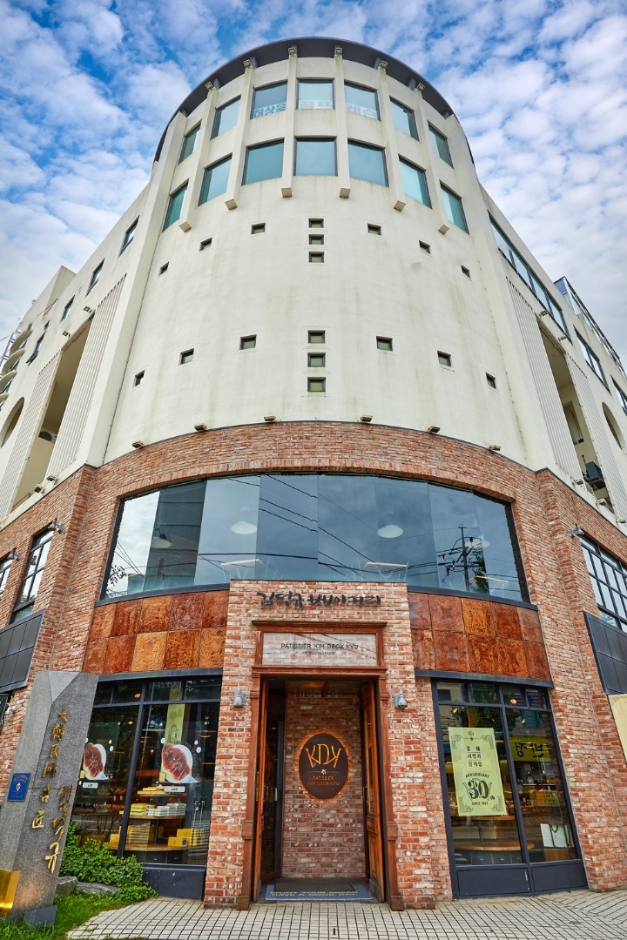
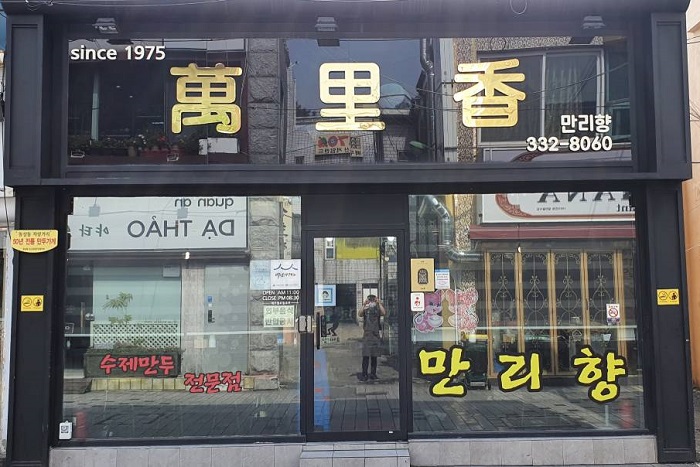
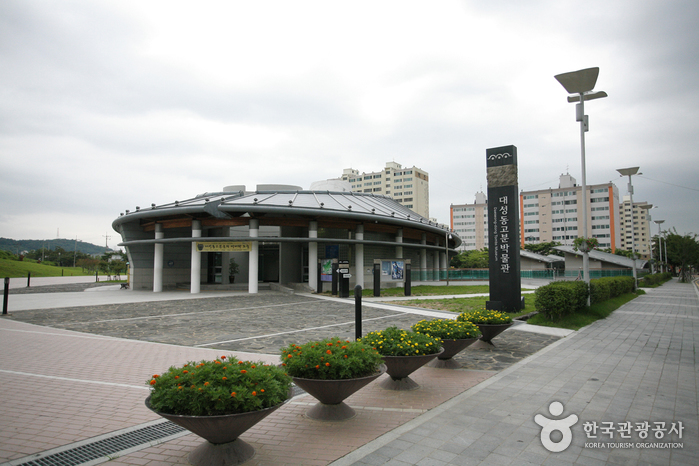
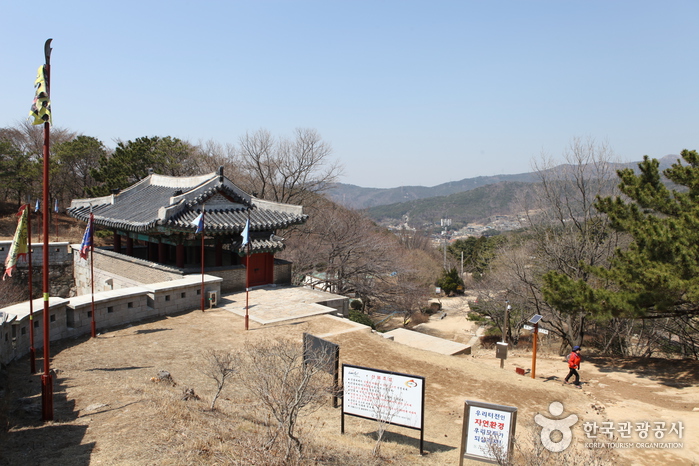
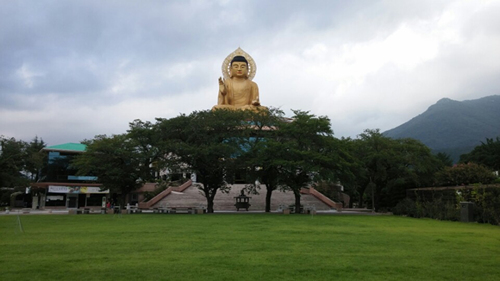
 English
English
 한국어
한국어 日本語
日本語 中文(简体)
中文(简体) Deutsch
Deutsch Français
Français Español
Español Русский
Русский